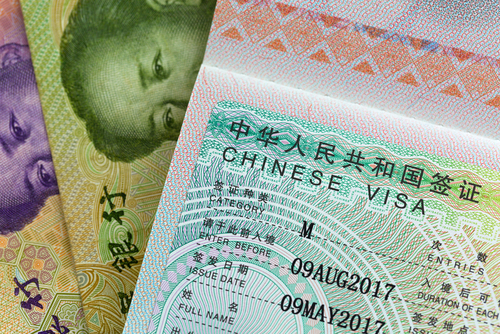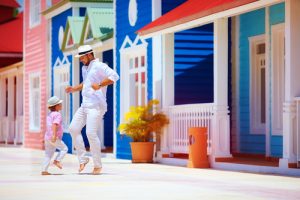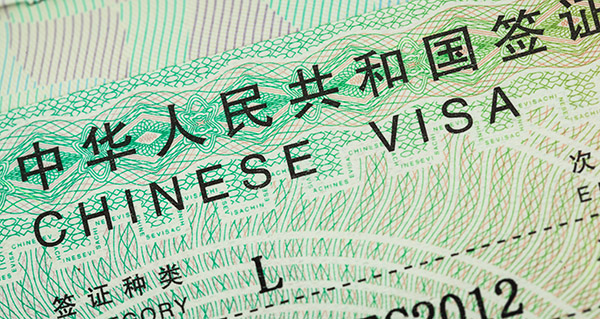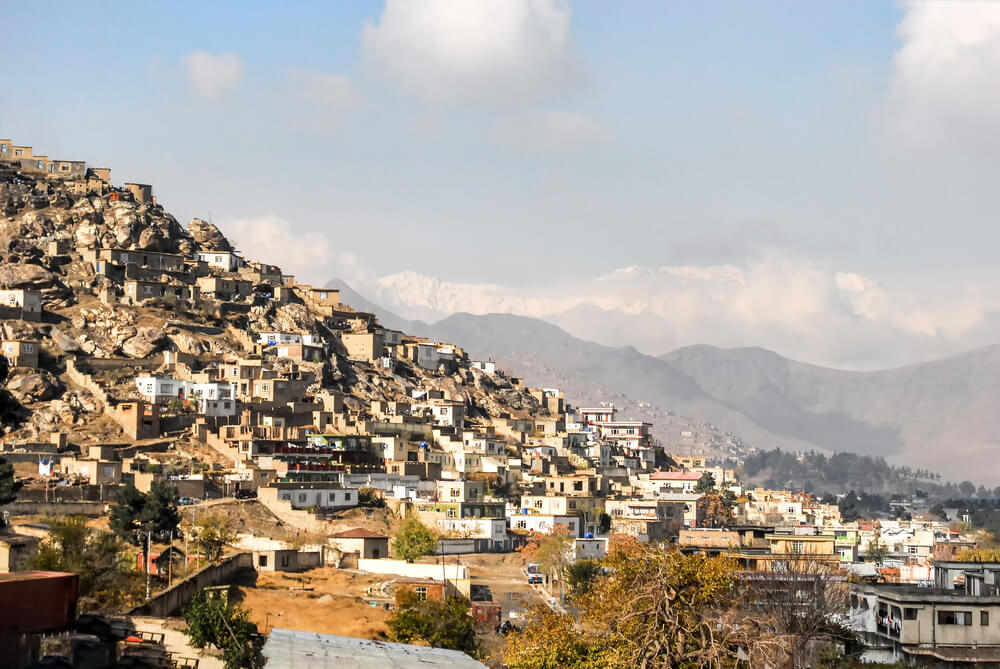When applying for a Chinese visa, it is essential that you choose the one that suits you best. If you go to China to conduct business with Chinese companies, make sure you apply for a Chinese Business Visa (M Visa). This visa will not only allow you to travel all around China and experience their way of life but will allow you to create lifelong partnerships with companies or organizations in China that can be mutually beneficial.
Who Gets a Chinese Business Visa?
The M Visa is a visa explicitly given to foreigners who are coming to China with the plan of partnering or negotiating with businesses in China. A business that falls in this visa category includes signing contracts, negotiating import and export of products, or even getting a tour of how someone else’s company operates. If you only had a tourist visa in China, you would not be able to do any of this since it would not fall under the purpose of your visit. Business visas are designed to keep all foreigners organized in their country and make sure no one is doing what they are not supposed to do. Please do not confuse this visa with the China F Visa, as the F Visa is for science and culture, not business.
How Long Does a Chinese Business Visa Last?
The M Visa typically lasts for three months with a single stay for a maximum of 30 days. These numbers are often more flexible and can be extended with the approval of the Chinese government. Citizens of the US can apply for an M Visa that can last up to 10 years as long as you use it for business purposes. If the Chinese government finds out that you have been using your M Visa for vacationing in China while not doing any business, they can deport you or go as far as detaining and charging you. If you want to go on a vacation to China, you will need a separate Chinese Tourist Visa (L Visa). The same way that an M Visa cannot be used to vacation in China applies vice versa; the L Visa cannot be used to conduct business on Chinese territory.
What do I Need to Get a Chinese Business Visa?
To obtain an M Visa, you will have to follow the following steps:
- US passport with at least:
- Six months of validity
- One blank visa page
- Copy of information page
- Filled out an application that is printed out with passport size color photo glued on it. The following form can be found here.
- If applying from a country that is not the US or China, you will need proof of residence to prove you have residency in the US.
- Invitation letter from one of the following:
- Business partner
- Institute or company in China
- Organizers of trade fairs or Chinese participant in the trade fair
- When requesting an invitation letter, make sure the writer of the letter includes:
- Full name
- Birthdate
- Passport number
- Purpose of visit
- Arrival and departure dates
- Places visiting
- Inviter’s name, address, phone number, and signature
How do I Get a Chinese Business Visa?
There are several ways to get an M Visa; the most popular method is by applying and submitting your application form to a Chinese embassy or consulate. The application form can be found anywhere online or with a quick search here. You can also hand in the application form in person if you think it is safer or faster. Another way to hand in the application form is by giving it to someone else to hand into the Chinese embassy or consulate. Commonly, when you give your application form to someone else, that person is from the travel agency who you have put your trust into to take you through the process of getting your visa.
When the application is submitted to the embassy or consulate, it is reviewed for any possible red flags. These include prior convictions for crimes committed or a history of overstaying on a visa. These are a couple of a number of ways your visa application may be denied. If you do get rejected, request the Chinese embassy or consulate what it was that get you denied and tried correcting those mistakes.
How Long Does It Take For me to Get my Visa?
Usually getting your M Visa takes about one whole business week. For a service fee, you can obtain a visa that can arrive in as little as one business day with the help of expediting services. Regardless of how long you get to stay in China on a business visa, there is a flat rate for all options. This is because you are paying for the visa itself, and how long you get to stay is determined by the Chinese government, not by yourself. This fee does not include the possible extensions that you may request in the future while in China as those are separate additional fees.
Is it Possible to Extend my Chinese Business Visa?
To have a chance of extending your visa, you must go to a local Chinese consul that deals with the exits and entrances of foreign citizens. As long as you have at least seven days left on your Chinese Business Visa, you can apply for an extension. This is no guarantee of an extension, merely a request that can be approved or denied. Approval for an extension comes with a fee that will be paid for on site. The standard cost for a visa extension in China is anywhere from $25 to $40, depending on the place you go to.
The exception to the ‘Business-Only’ Rule for the M Visa
Just because you have gone to China business visa does not mean you cannot enjoy the country and all it has to offer. Since most of your business dealings are scheduled, the Chinese government knows when you are not conducting business. This allows you to enjoy the excursions, walk around your city or stay, or take a tour. Unless there was a mistake, there should be no reason for you to be punished by Chinese authorities for having a little vacation in between.
In conclusion, applying for Chinese business visa is not that difficult as long as you have all the necessary documents and information needed. It is important to remember that a single wrong move in the application process can lead to refusal. To make sure everything runs smoothly, it is recommended for businessmen and entrepreneurs to consult a legal advisor or an immigration specialist from China who can guide them through the entire procedure.














